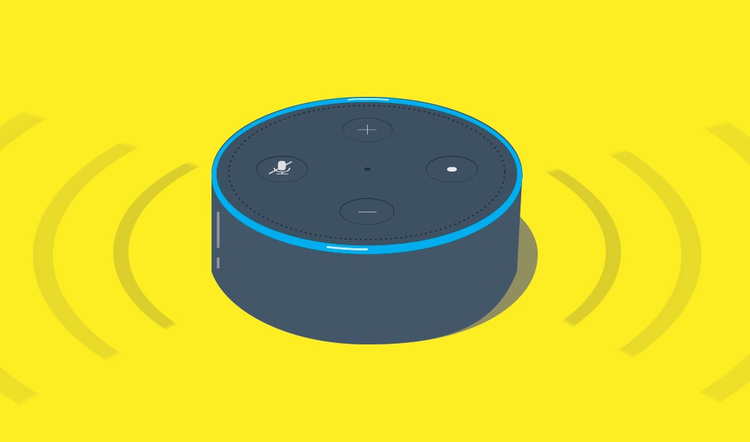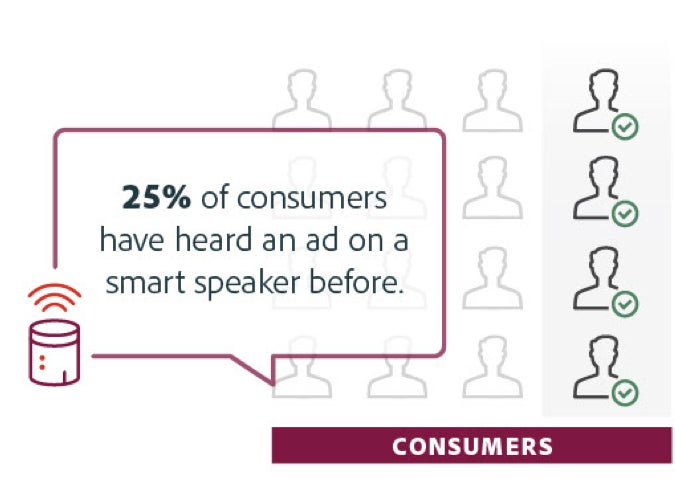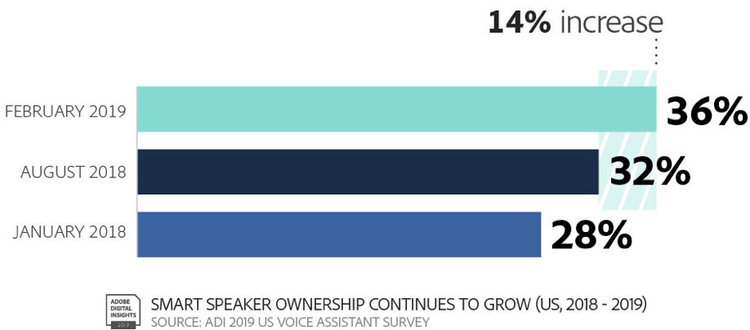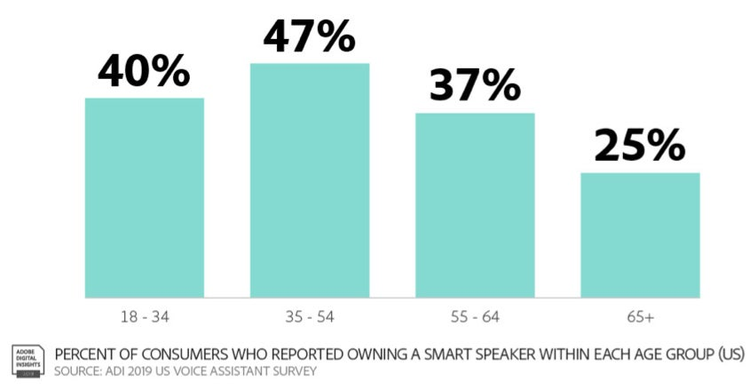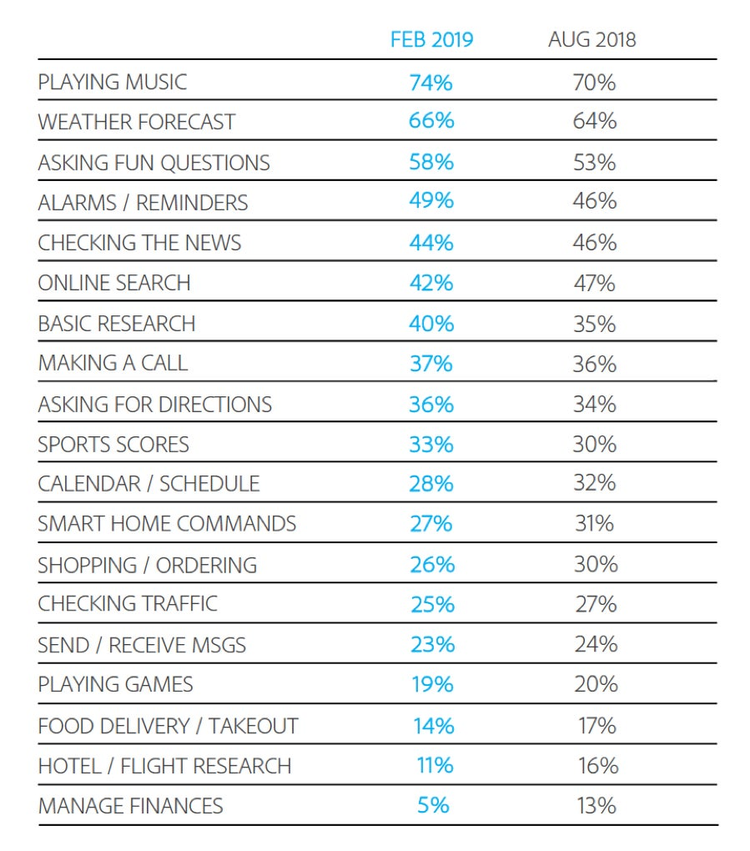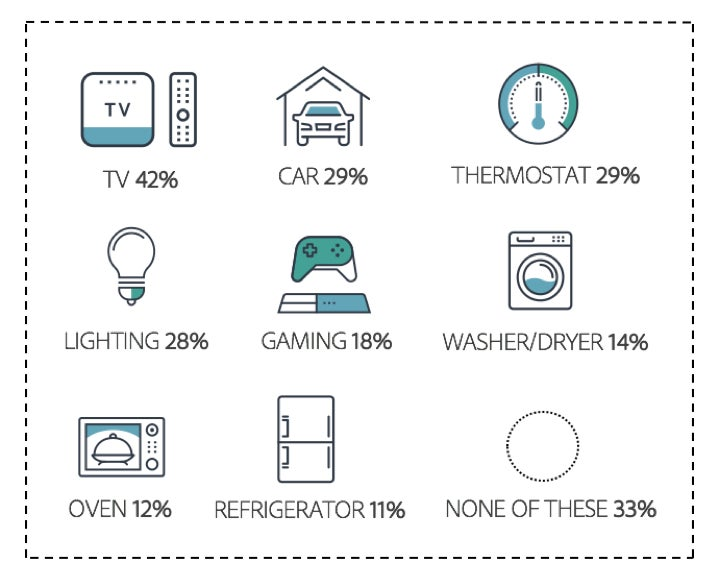The proliferation of voice-activated technology is giving new life to audio-based advertising, according to a new study by Adobe.
This article is part of our February 2019 series about mobile. Click here for more.
The proliferation of voice-activated technology is giving new life to audio-based advertising, according to a new study by Adobe. (CMO.com is owned by Adobe.)
The “2019 Voice Report,” which surveyed 1,000 U.S. consumers ages 18 and older, found that 25% have heard an ad on a smart speaker before—and many are OK with that. In fact, 38% of consumers agreed that voice ads are less intrusive than ads on television, in print, online, and on social media. Additionally, 39% find the ads to be more engaging than those on other channels.
“There’s two considerations to take into account when looking at the findings,” said Vivek Pandya, analytics and insights manager for Adobe Digital Insights (ADI), which conducted the survey. “First, consumers are increasingly conditioned to the notion of ad exposure in exchange for free content. Additionally, the personal and custom nature of what people listen to via smart speakers allows for a greater level of personalization and more relevant advertising that comes off as less intrusive and more engaging.”
Overall, the study found smart speaker ownership is on the rise in the United States, with 36% of consumers owning a smart speaker, up from 28% in January 2018. And 75% of owners using them at least daily (up 6% since August 2018).
“The strong daily usage shows that momentum in device utilization is very present,” Pandya said. “That definitely explains the reasoning behind why advertisers are interested in advertising opportunities via voice technology—a trend we feel will only grow in importance as consumer usage continues to rise.”
In particular, Millennial men are more likely to own a smart speaker than any other generation and gender, the study found, while, collectively, the 35- to 54-age group owns the most smart speakers.
So what’s driving use of voice devices? Simply, they work well, according to 54% of consumers surveyed. Forty-one percent said they work OK, and just 5% said they work poorly.
“Natural language processing has made great strides—especially over the last few years,” Pandya said. “This is the primary reason that voice technology usage is gaining so much momentum. Consumers demand frictionless experiences, regardless of the platform.”
Listening to music, the study found, is still the No. 1 use for voice technology, cited by 74% of smart speaker owners. However, more complex applications, such as food delivery and shopping, are not being embraced as quickly.
“Although it’s still the early days for voice, consumers are already forming usage trends,” Pandya said. “Voice-activated tasks such as setting alarms, listening to music, and basic research is growing. However, voice usage for tasks like managing finances and making travel reservations is significantly down.”
Nearly half (47%) of consumers said they use the voice assistant on their smartphones most, with smart speakers coming in at a close second (31%), followed by (8%), tablet (7%), laptop (5%), and wearables (3%). Furthermore, 48% of consumers use their smartphone voice assistants “at least daily.”
When asked which types of devices they would like to have voice functionality, consumers cited TVs, cars, and thermostats the most.
In fact, 32% of respondents said voice control is an important feature when buying a TV. The numbers are even higher for music speakers (42%) and cars (37%). Already, 18% of survey respondents reported owning a car with a voice-assistant enabled. Of these, 44% use it “at least daily” or more.
As for voice tech preferences, 38% of consumers said their smart speaker experiences would be enhanced with a touchscreen.
“Voice is definitely growing and is now an opportunity for marketers who are trying to reach consumers in new and interesting ways,” Pandya said. “The time is now to begin experimenting, as the space is not yet cluttered and getting through to customers may not be as difficult as it is on other channels—yet.”
View the full report below or click here to view it on Slideshare.
https://www.slideshare.net/slideshow/embed_code/key/gcPpeKK3hGBvEW
